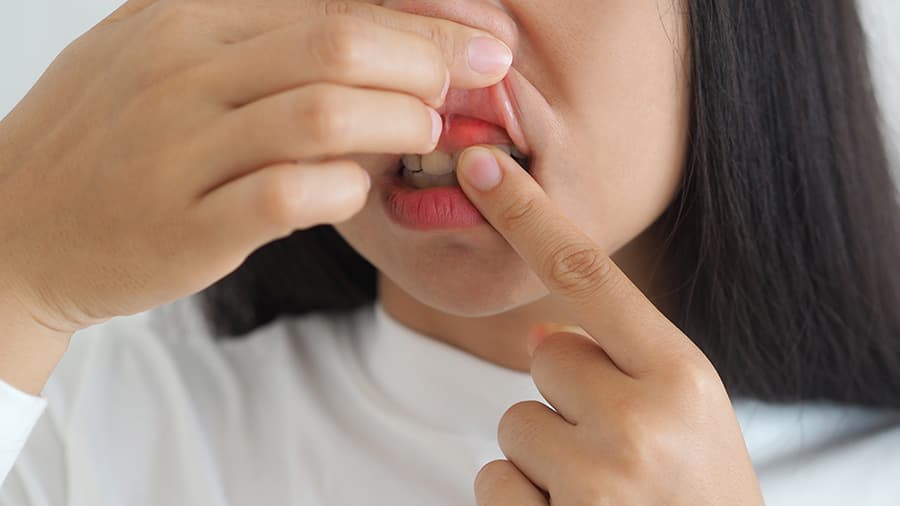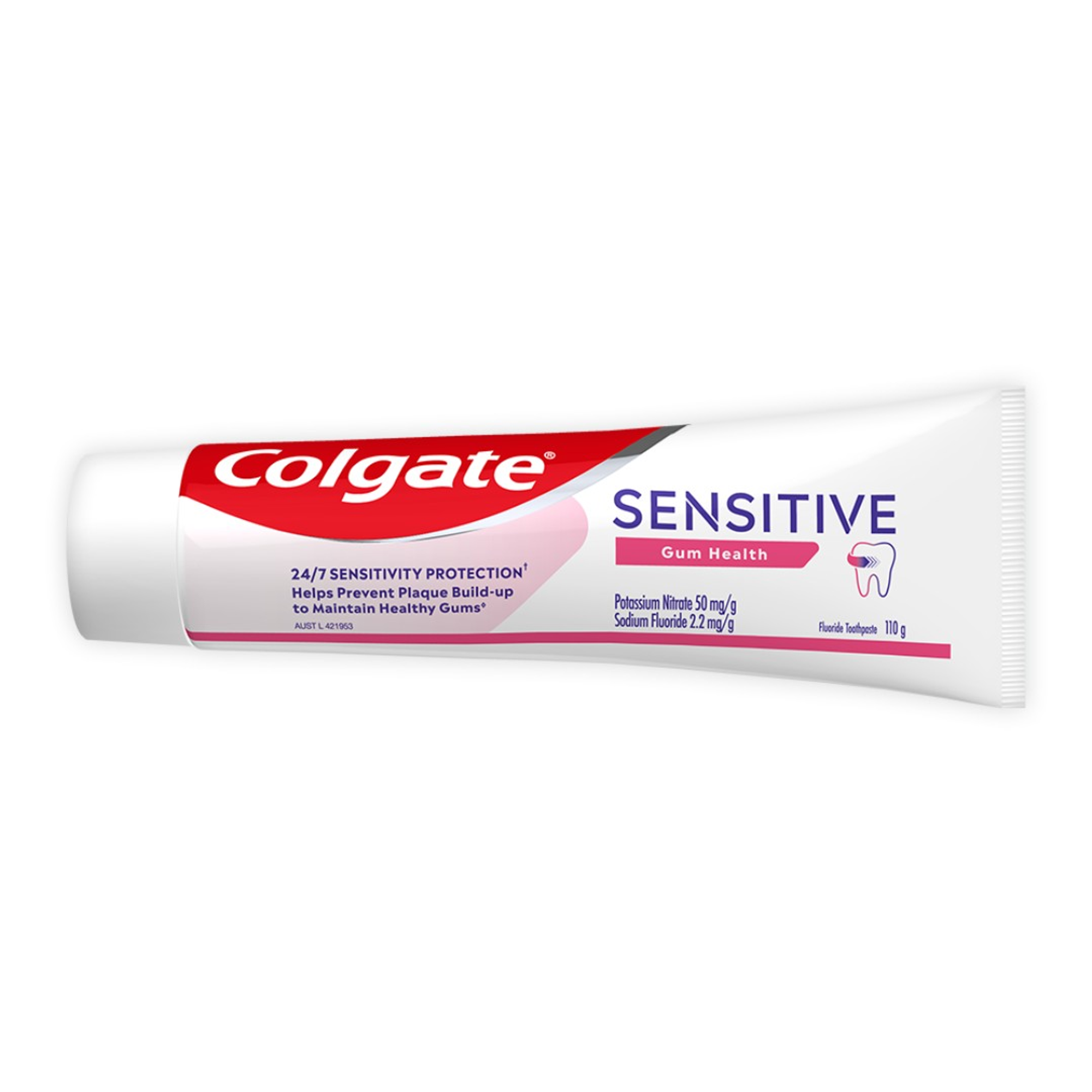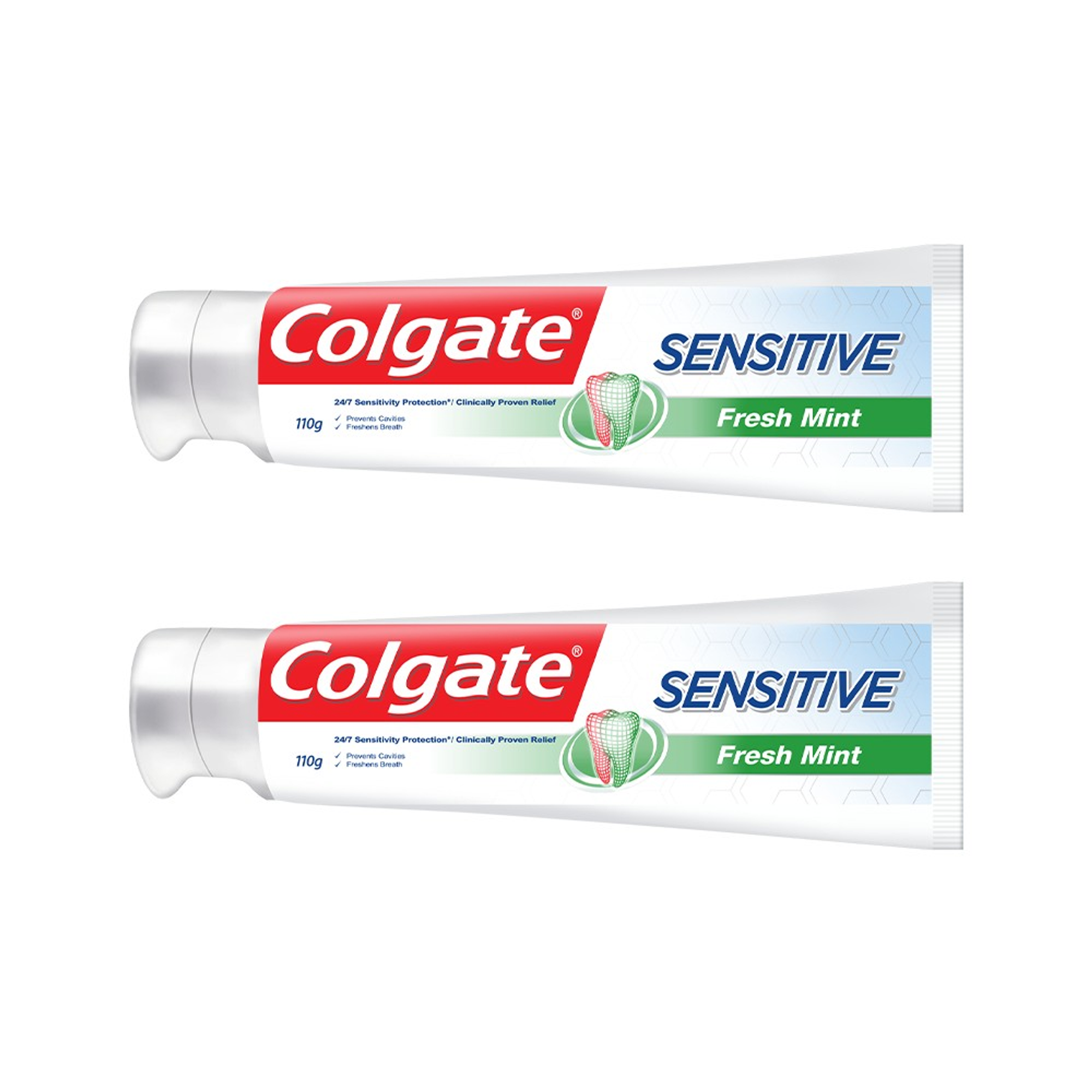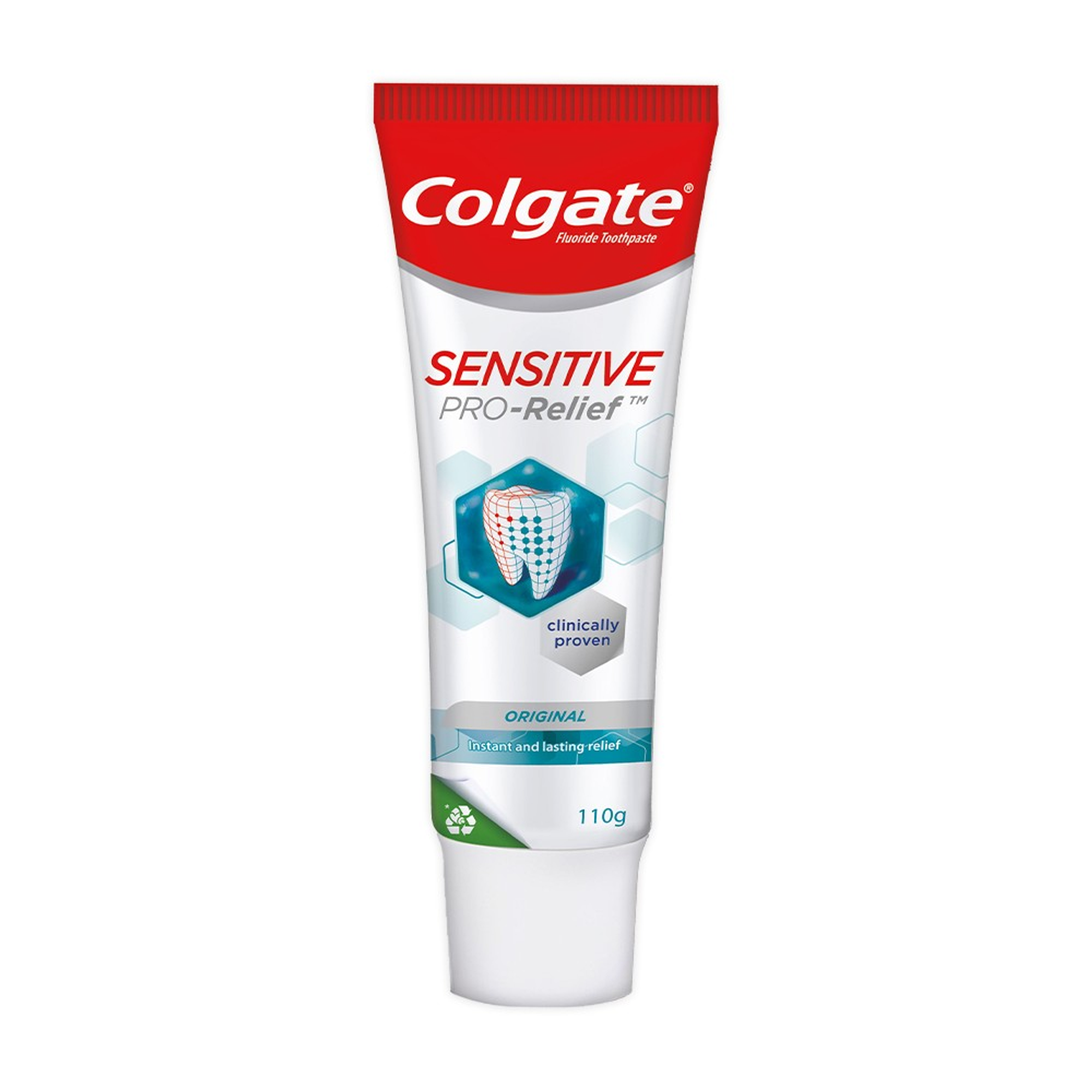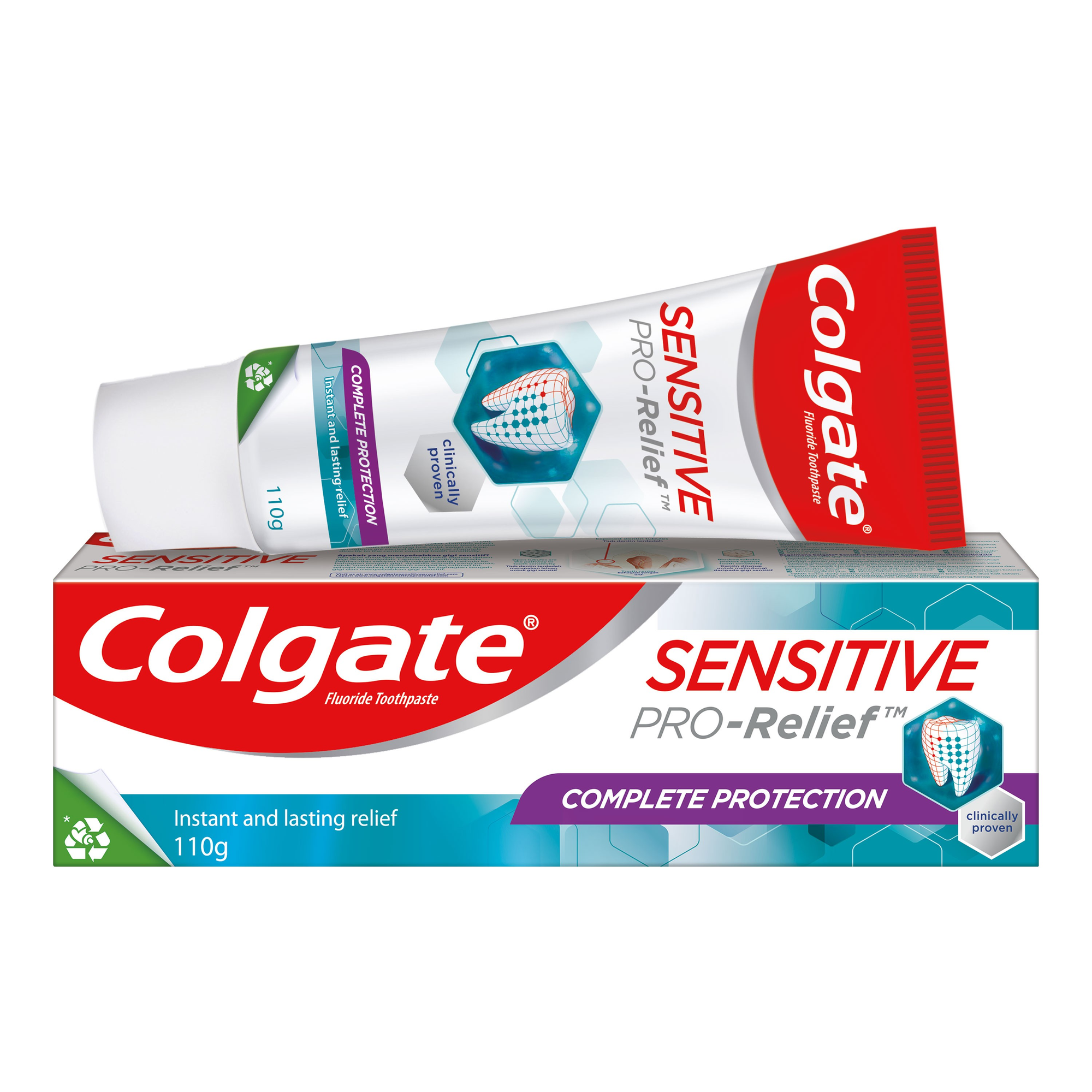What Is a Dental Abscess?
What is an abscess? Abscess in Tagalog is ‘abséso’, which refers to a collection of pus often due to an infection. A dental abscess is a pus-filled lump that forms inside your gums or teeth. It occurs when bacteria in plaque make their way into a tooth or gum, causing a dental infection. Such infections are likely if you have tooth decay, periodontal disease, or a cracked tooth. The body’s natural defense and immune system response to the infection leads to the formation of a pus-filled swelling.
Though it is often painful, the swelling helps prevent the bacterial infection from reaching deep into the soft tissues and other supporting structures. Left untreated, a dental abscess may result in tooth pain, swelling in the face, and even fever. If you notice such symptoms, consulting a dental professional urgently is crucial, as the abscess will not go away on its own. Timely intervention can prevent the infection from spreading and causing more serious health problems.
Types of Dental Abscess
Not all abscesses are the same. They can vary based on where the infection starts. Knowing the different types of abscesses helps dental professionals diagnose and treat the problem better. Below are the main types you should know.
Periapical Abscess (Tooth Abscess)
A periapical abscess, or tooth abscess, starts inside the tooth. It often results from an untreated tooth decay or a cracked tooth. Tooth decay is the damage to the enamel from acids produced by plaque bacteria, amidst poor oral hygiene. If not treated, dental caries or cavities develop on the tooth and can damage the dentin below the enamel. As the cavity grows, it reaches the tooth’s pulp (the soft tissue at the center containing blood vessels, nerves, and connective tissue). This lets the infection-causing bacteria in.
The body’s immune response causes pus to collect at the tip of the tooth root. As a result, you may experience a toothache abscess with a strong pain and pressure felt on the affected tooth. Tooth abscesses are more likely on an erupting wisdom tooth, where bacteria get trapped easily and cause caries and infection. If you notice a throbbing pain around a tooth, especially when you chew, and swelling on the face, visit a dental clinic immediately.
Periodontal Abscess (Gum Abscess)
A gum abscess (periodontal abscess) forms in the space between the tooth and the gum. It is often a result of gum disease or gum infection caused by bacteria in plaque that accumulates along the gum line. This makes good oral care and regular dental checkups vital to remove plaque deposits.
Hardened plaque deposits and bacterial infection can cause the gums around the tooth root to pull away, resulting in deeper gum pockets. These are hard to clean and can easily trap bacteria, which furthers the infection. As the infection builds up, a red, swollen bump that feels warm and painful forms on the gums. Treating a gum abscess on time can prevent it from damaging the supporting jawbone and tissues.
Gingival Abscess
A gingival abscess develops on the gum tissues and does not involve the tooth or its supporting structures. It usually occurs when a foreign object or food particles like popcorn kernels get stuck in the gum and cause irritation. Though less common, such an abscess on roof of mouth is also likely. Gingival abscess may feel sore, yet it is easy to treat once the cause is diagnosed and removed.
What Are the Causes of Dental Abscess?
An abscess in the mouth often means something has gone wrong—infections or some foreign objects stuck in the soft tissue. Untreated, the abscess causes pain, discomfort in chewing, facial swelling, and sometimes even fever. For proper treatment, it is vital to know where and how it started. Here are some common causes of dental abscesses.
Causes of Tooth Abscess
A tooth abscess occurs when bacteria enter the inside of the tooth through an untreated dental cavity, or a tooth fracture or crack. Once bacteria reach the tooth pulp, they can spread the infection to the tooth roots, resulting in painful abscesses and inflammation. Amidst poor oral hygiene, this can happen in a few ways, given the common tooth abscess causes, including:
Untreated cavities: If not treated, tooth decay develops into cavities and reaches the tooth center, letting bacteria in.
Cracked or broken teeth: A fissure or crack on the tooth can give bacteria an easy way in.
Dental injuries: A hit or trauma to the tooth can damage the inside, even without a crack, allowing germs to get in.
Failed dental work: Poorly done dental procedures like fillings or crowns may leave gaps or spaces for bacteria to grow and enter the inside of the tooth.
Causes of Gum Abscess
A gum abscess usually starts in the gaps or spaces between the gums and the teeth. You can prevent most gum abscess causes with good oral healthcare, including regular brushing, flossing, rinsing, and dental visits. The common causes include:
Food stuck between teeth: Bits of food can get stuck between the teeth can irritate the gum, and let germs grow. Hence, brushing and flossing to clean between teeth is important.
Poor dental care: Lack of proper brushing, flossing, and rinsing promotes plaque buildup between teeth and along the gumline, leading to bacterial infection.
Gum disease: Amidst poor oral hygiene and plaque buildup, gums can easily get infected by bacteria. This could lead to pockets between teeth and gums where more bacteria collect.
Injuries to the gums: Aggressive brushing techniques or sharp bits of food can damage the gums. Bacteria entering the damaged soft tissues can lead to an abscess.
Common Symptoms of a Dental Abscess
An abscess in the mouth is usually painful and hard to ignore. Whether the abscess forms on a tooth or gum, the signs are often obvious, and some are common. Knowing the symptoms can help you take timely action for proper diagnosis and treatment. Below are the most common dental abscess symptoms to watch out for.
Tooth Abscess Symptoms
Throbbing pain on the affected tooth that may spread to the jaw and adjacent parts, like the neck or ear
Swelling in lymph nodes under the jaw, or in the neck
Pain while chewing or biting
The affected tooth feels loose and extremely sensitive to hot or cold food and drinks
Bad breath or foul taste in the mouth due to pus
Fever or a general feeling of sickness
Gum Abscess Symptoms
Red, swollen, or shiny gums near the infected area
A pus-filled bump on the gums
Pain felt in the gum rather than the tooth
Gums that bleed easily when you brush or floss
Bad breath or an unpleasant taste in the mouth
Inflammation around the tooth, but the tooth may feel normal
Treatment Options for a Dental Abscess
If you notice any of the abscess symptoms, visit a dental professional immediately to get a proper diagnosis and treatment. Abscesses do not go away on their own, and it is vital not to rely on home remedies as they can be potentially harmful. A dental abscess treatment focuses on clearing the infection, relieving pain and swelling, and saving your teeth and gums.
When considering how to treat an abscess, a dental professional first determines its type. They may use X-rays to examine your mouth before suggesting the best treatment for you. Treatments may vary based on the severity of the infection. It may include the use of antibiotics, draining of the infection, cleaning of the gaps between teeth and gums, and root canal treatment.
Tooth Abscess Treatment
Tooth abscess treatment at a dental clinic may involve taking an X-ray to diagnose the condition and decide the best way to stop the infection. Follow your dental healthcare provider’s guidelines and prescriptions after the treatment. Together with good oral care, it helps your mouth heal and prevents the infection from returning. Typically, the treatment options may include:
Draining the abscess to remove the pus and relieve pressure
Root canal treatment to clean and save the tooth
Removing the abscessed teeth if they are badly damaged beyond repair
Using antibiotic medicines to fight the infection
Pain relievers and cold compresses to reduce swelling in face from abscess tooth
Gum Abscess Treatment
Gum abscess treatment may vary depending on the extent and severity of the infection. A dental professional will clean the infected area and remove any trapped bits of food or plaque. In some cases, the dentist may drain the pus. Typically, a periodontal abscess treatment may include:
Deep cleaning, which includes scaling and root planing. Scaling removes hardened plaque from below the gumline. Root planing smoothes the tooth root surfaces to help the gums heal.
Draining the abscess to remove infection and pus.
Antibiotics to stop the infection from spreading.
Gum Abscess Home Treatment
When considering how to get rid of an abscess on your gums, home remedies may tempt you. Not only do they lack scientific proof, but they can also be potentially harmful. Hence, it is best not an attempt a gum abscess home remedy. If you notice any abscess symptoms, book a dental checkup urgently. For extreme symptoms like severe pain and fever, you may get immediate care from a medical emergency room. Yet, some simple tips can help ease the discomfort temporarily until your dental appointment. These include:
Rinsing your mouth with warm salt water.
Using a cold compress on the cheek to reduce swelling and numb the area.
Avoiding chewing on the sore side.
Taking over-the-counter painkillers under medical supervision.
Complications If Left Untreated
A dental abscess may seem small at the beginning. However, ignoring it can let the infection spread, especially if you have a weakened immune system. An untreated abscess may lead to tooth loss, extreme pain, and a higher risk of serious health problems. Hence, always seek dental care early. For this, understanding the different stages of an abscess can help:
The various tooth abscess stages include:
Pain starts in the tooth due to an untreated cavity or damage.
Bacteria and infection reach the root, leading to the formation of pus.
Swelling spreads to the face or jaw, and the abscessed tooth may loosen.
Left untreated, the bacterial infection may spread to the bloodstream (a serious condition called sepsis).
Typical gum abscess stages include:
Gums feel sore, red, or swollen.
A pus-filled bump forms on the gum.
The gum pulls away from the tooth.
As the infection spreads, damage to nearby teeth or bone loss can occur.
How to Prevent a Dental Abscess
The best way to avoid a dental abscess is by taking good care of your oral health. As it often results from poor dental care, improving your oral hygiene is crucial. Here are some simple tips that can help prevent abscesses from forming:
Brush your teeth twice a day with fluoride toothpaste. The best toothpaste for gum abscess often contains an antibacterial formula to fight harmful bacteria.
Floss once daily to remove food particles and plaque from between teeth and along the gumline.
Rinse your mouth thoroughly after every snack or meal to wash away food debris and germs.
Avoid sugary snacks and drinks; eat healthy. Stay hydrated to avoid dry mouth, which promotes harmful bacteria.
Ensure regular dental visits for cleanings and checkups to catch dental problems before they arise.
Change your toothbrush every 3 months or after an illness; it can help prevent infections from recurring.
Get timely professional treatment for cavities, gum disease, or damaged teeth.
When to See a Dental Professional
In addition to good oral hygiene practices at home, regular dental checkups every 6 months are essential. If you are wondering, “Why do I keep getting abscesses?”, proactive oral care may be necessary. It is crucial, especially if you are susceptible to plaque buildup and infections more often.
Book a dental checkup right away if you notice:
Swelling, fever, or an intense toothache
Pus, a bump on your gums, and a bad taste in the mouth
Abscess does not heal or keeps coming back
Whether you have an abscess on a tooth or gum, early treatment is the key to preventing serious health issues. Though painful, a dental abscess is a sign that your teeth or gums need urgent care and that you should improve your oral hygiene. Knowing the causes and symptoms helps you act on time. Proper brushing, flossing, rinsing, and routine checkups, along with a healthy lifestyle, can help prevent abscesses in the mouth.
Frequently Asked Questions
How to tell if abscess is healing?
When the abscess heals, pain and inflammation reduce, and the pus stops draining. The area feels less tender, and you feel better.
What’s the difference between a tooth abscess and gum abscess?
A tooth abscess occurs inside the tooth and usually results from an untreated decay or a crack in the tooth. A gum abscess starts in the gum tissue and is often a result of gum disease.
Can I drain a dental abscess myself?
No. It is not safe to drain a dental abscess yourself. Doing so can likely spread the infection and worsen your discomfort. Always consult a dental professional who can treat it correctly and stop the infection.
Should I brush an abscessed tooth?
Yes, it is vital to continue proper brushing and flossing, even if you have an abscessed tooth. Keeping the area clean is crucial to managing the infection. However, you may brush and floss gently near the affected area and avoid pressing hard on the abscess.
Is it OK to leave a tooth abscess?
No. A tooth abscess requires urgent medical care. Left untreated, the infection may spread to other parts of the body and cause serious health issues. A dental visit is inevitable.






